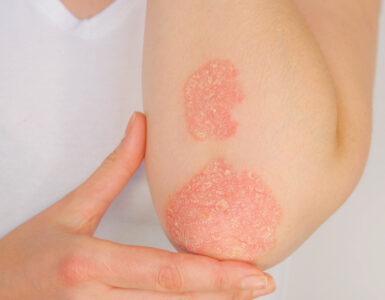Discover everything you need to know about calendula.
The marigold (calendula officinalis) is native to the Mediterranean but is now grown all over the world. Its large yellow or orange flowers are a familiar sight in most English country gardens. It is often referred to as ‘calendula’ in herbal medicine.
History
The ancient Egyptians valued the marigold for its healing properties. The Hindus used the flowers to decorate altars in their temples as well as to adorn their favourite gods. And the ancient Greeks and Persians used the petals to garnish and flavour foods. It eventually arrived in Britain with the Romans.
Marigold has been cultivated in European gardens since the 12th century and by the 14th century. A medieval author called Macer, who described marigold in his ‘Herbal’, thought that merely to look at it would improve eyesight and draw out evil ‘humours’ from the head. By Culpeper’s day in the 17th century marigold was often given to strengthen the heart and was highly regarded as a remedy for small pox and measles.
Healing benefits
The anti-inflammatory and antiseptic properties of calendula make it a popular ingredient in a variety of ointments and lotions. It is used for soothing irritated, chapped or cracked skin, healing eczema and cooling sunburn. Some herbalists use the essential oil as an anti-fungal agent for treating vaginal yeast infections.
Extracts and tinctures are also sometimes recommended to help heal stubborn wounds, such as bedsores. They are also used to treat varicose veins, swollen gums and bruises. Marigold is rich in flavonoids, which are thought to account for much of its anti-inflammatory activity as well as medicinal properties.
Calendula oil or cream can also help to soothe sore nipples – an old fashioned remedy that some maternity wards have now revived. The sap which is taken from the stem is reputed to be an effective callus remover: old herbal texts recommend applying calendula sap directly to calluses, corns and warts.
These days marigold or calendula can be seen on the ingredients lists of face creams and lotions that soften, soothe and cleanse the skin. An infusion of the petals can be used as a rinse to lighten and brighten hair.
Watchpoints
Avoid use if you are pregnant and always seek advice from a qualified herbalist before taking internally. There are no known drug interactions with calendula although a small number of allergic reactions have been reported.
Did you know?
Its botanical name calendula is a diminutive of the word calendae which means little clock or little calendar. This refers to the belief that these lovely yellow flowers were always in bloom on the first day– the calends – of each month.
























Add comment